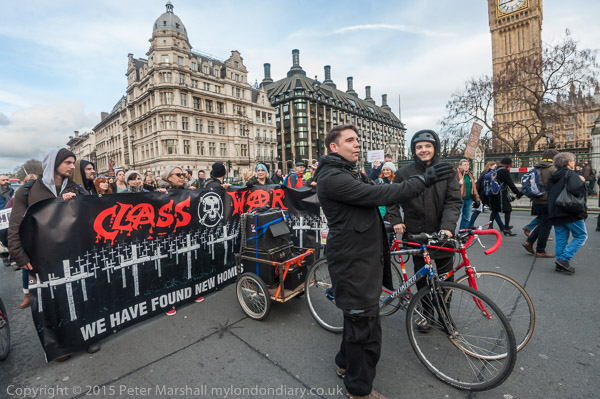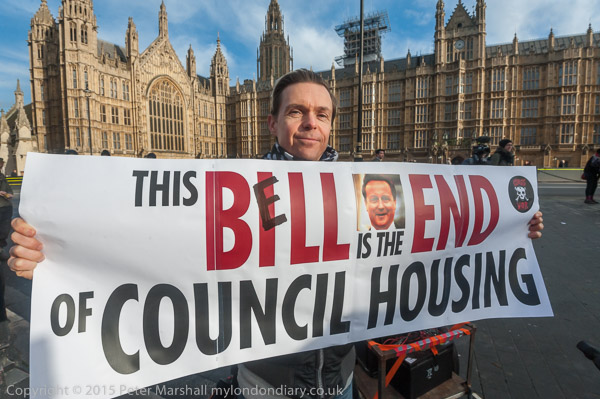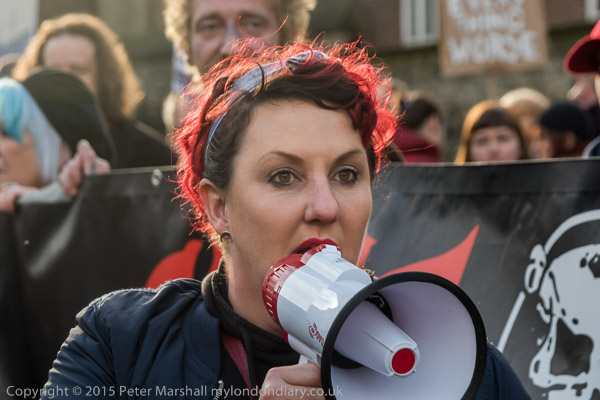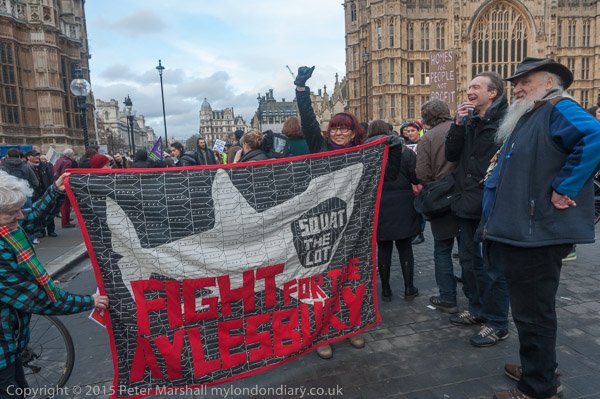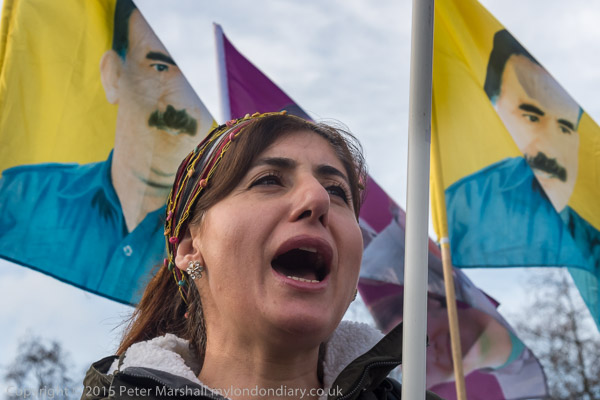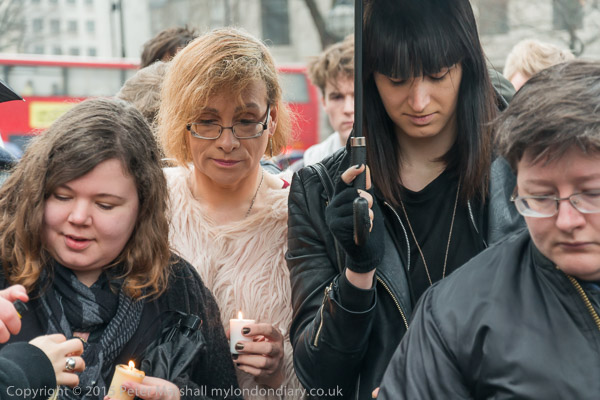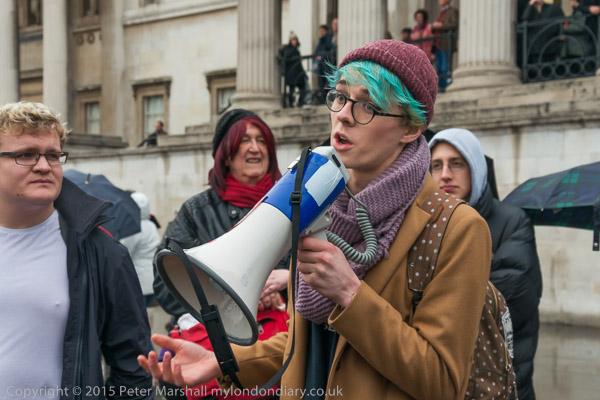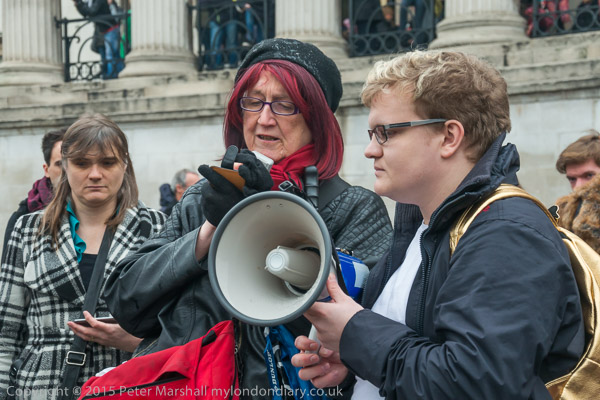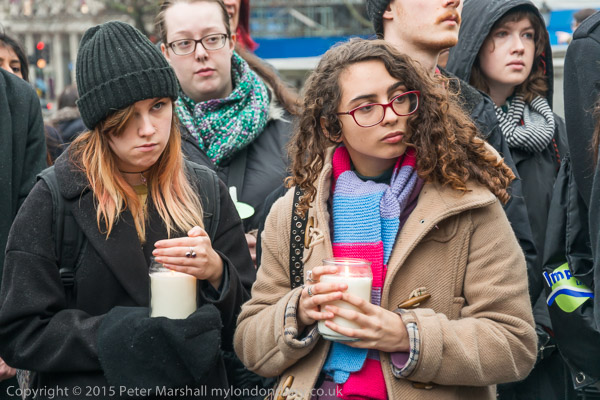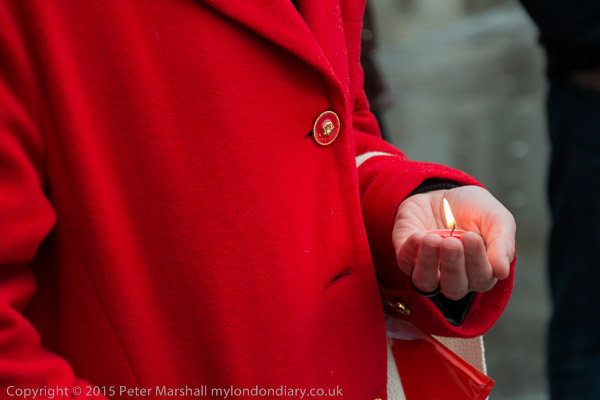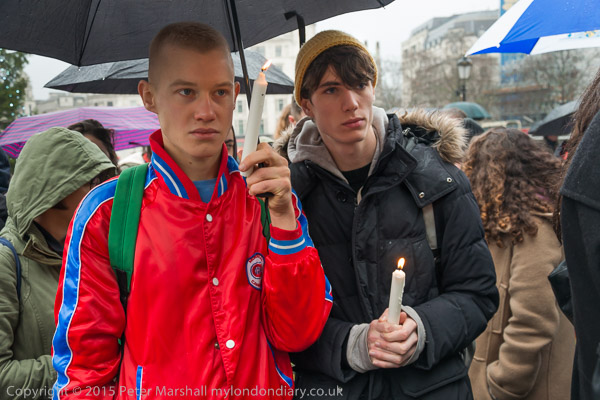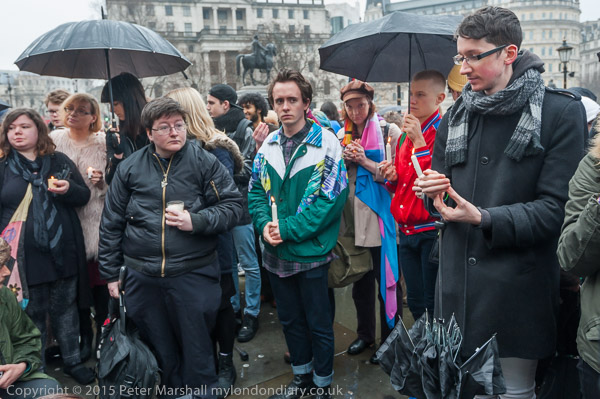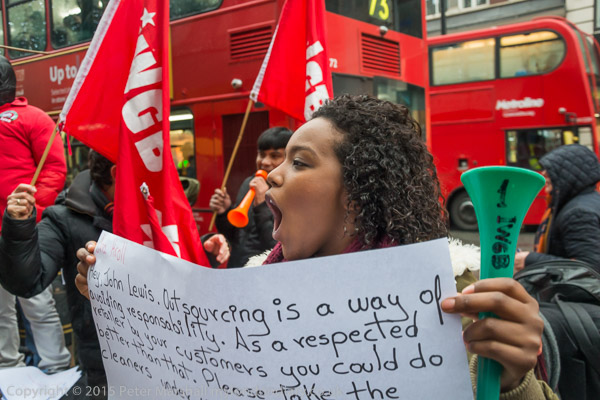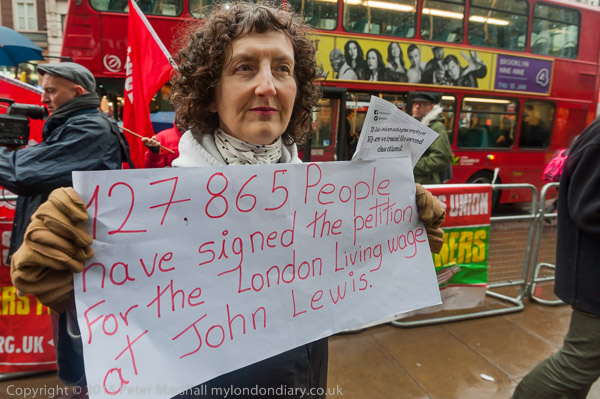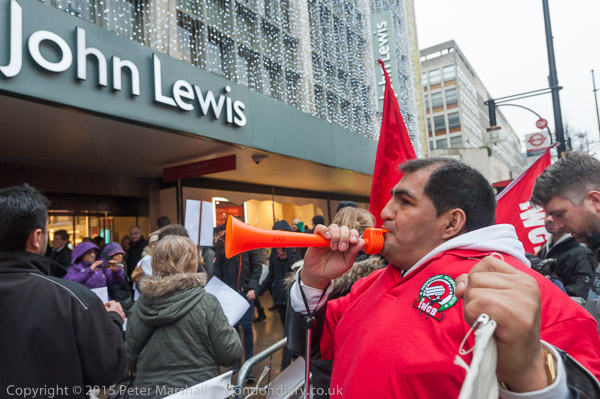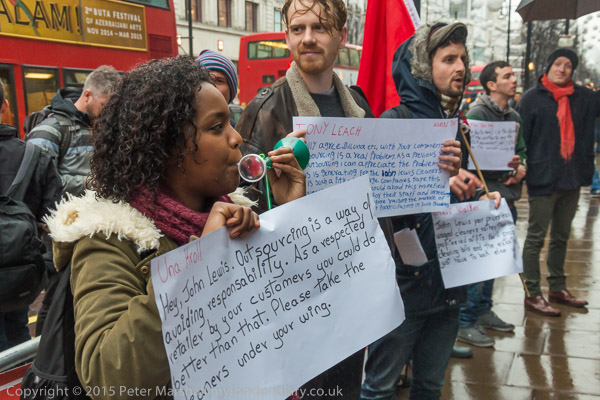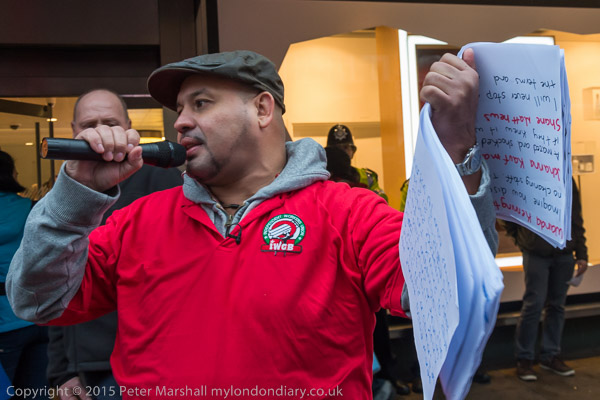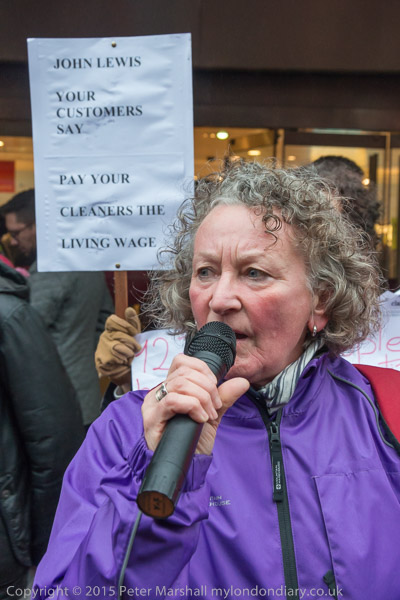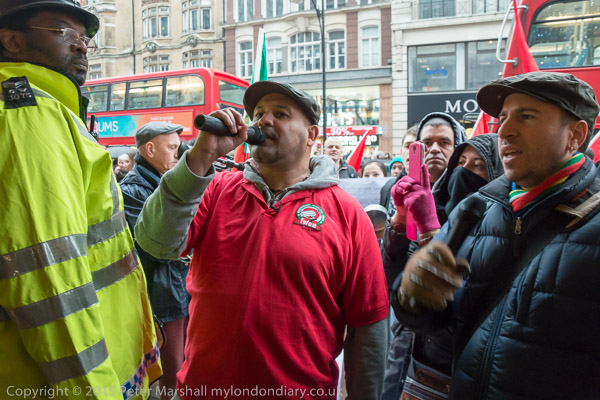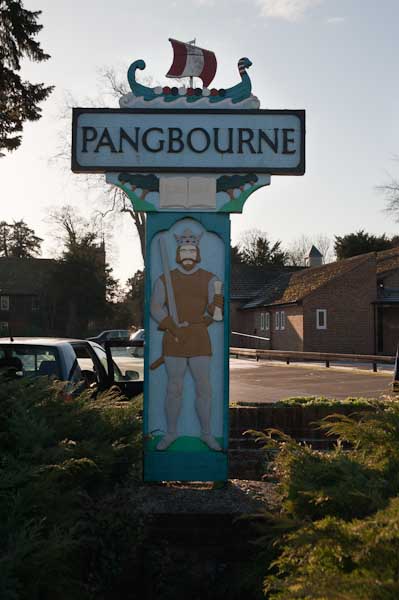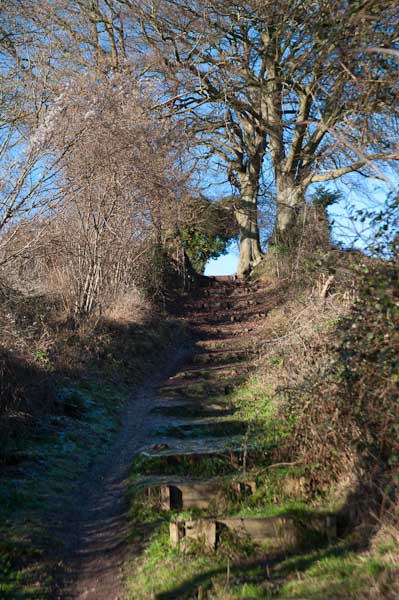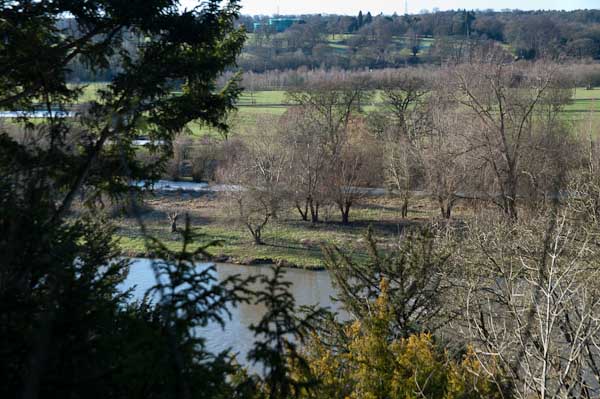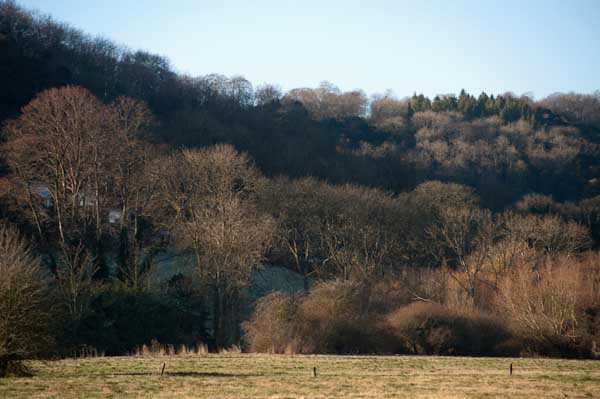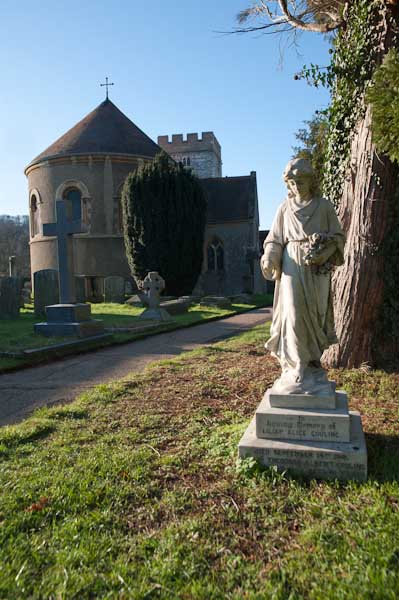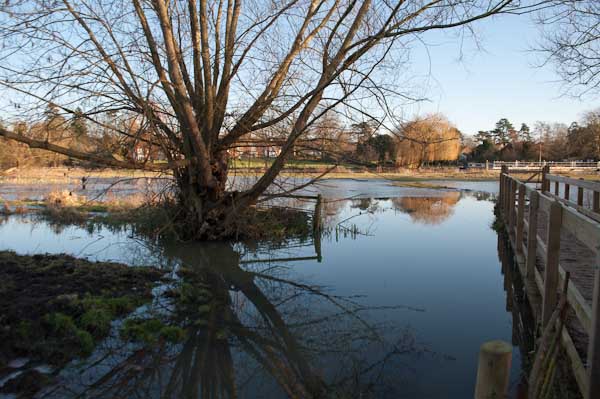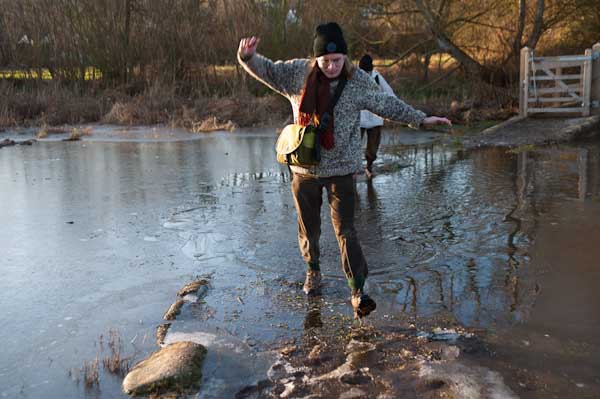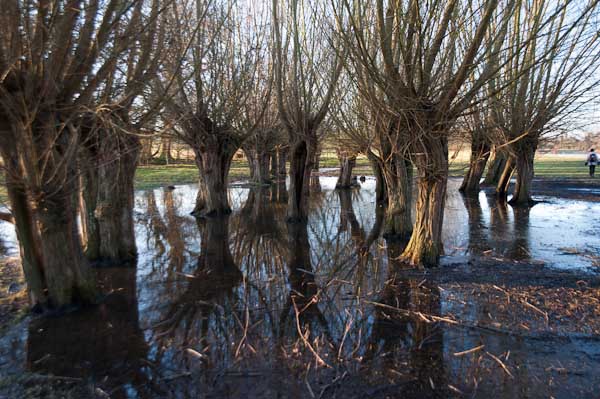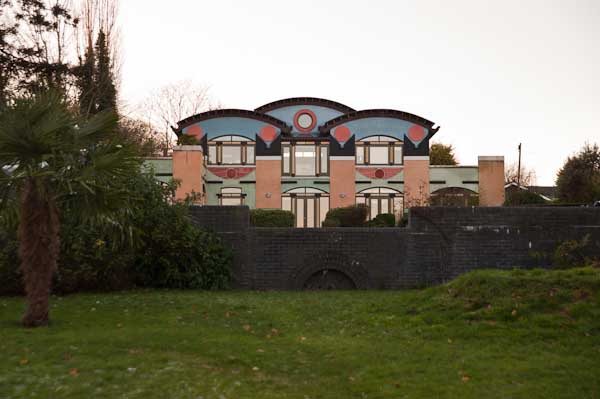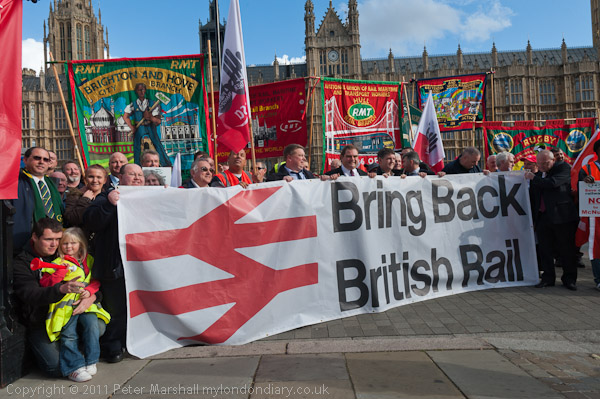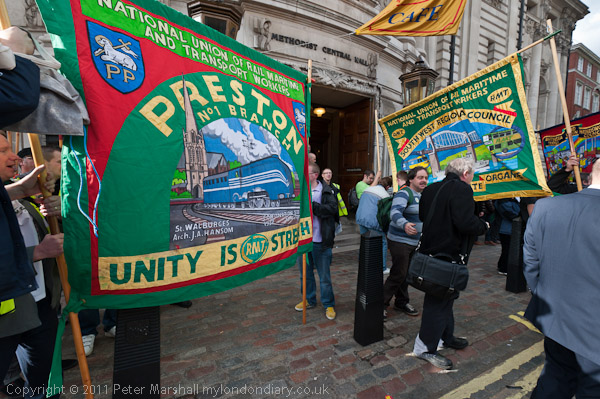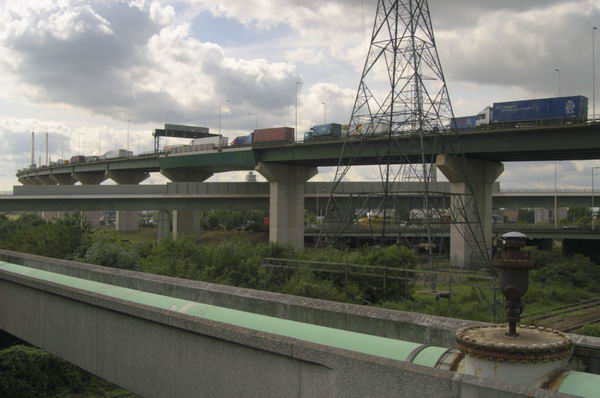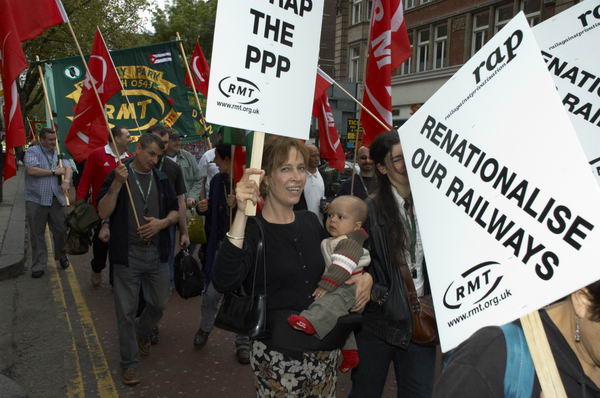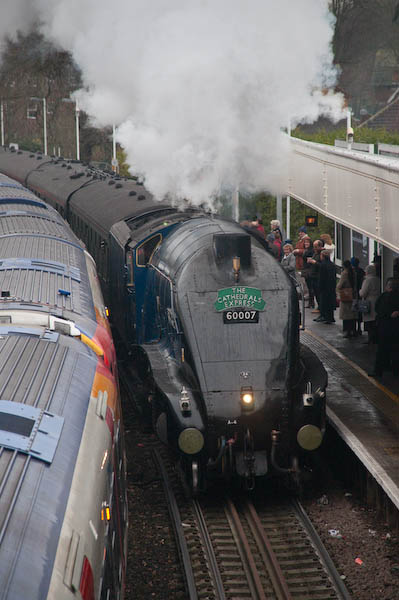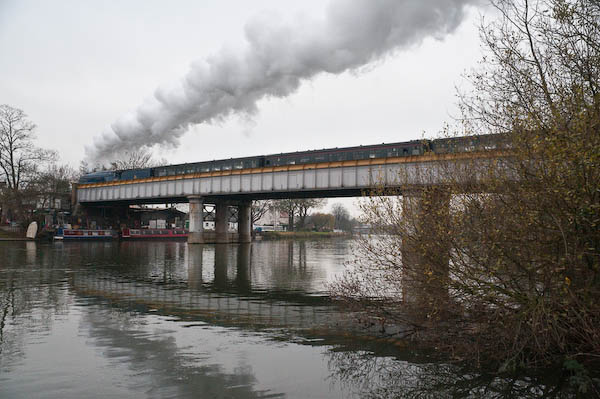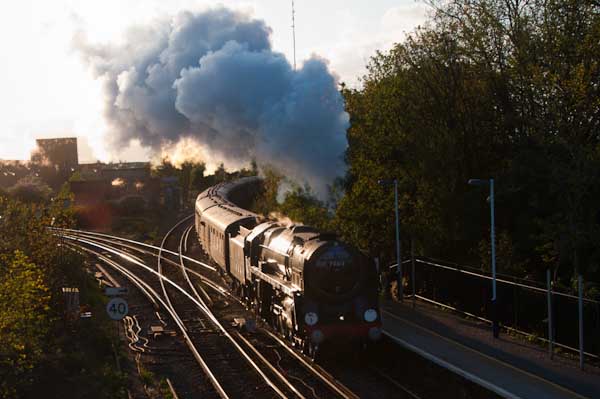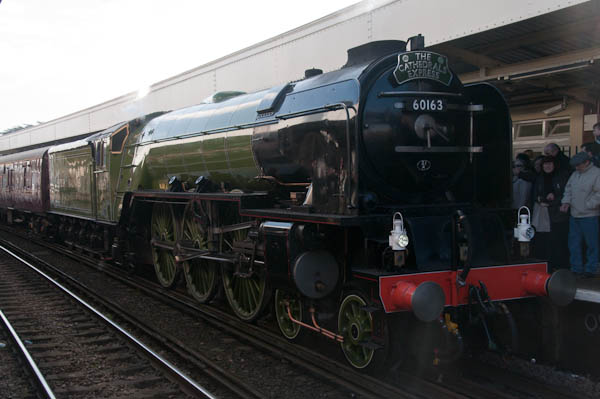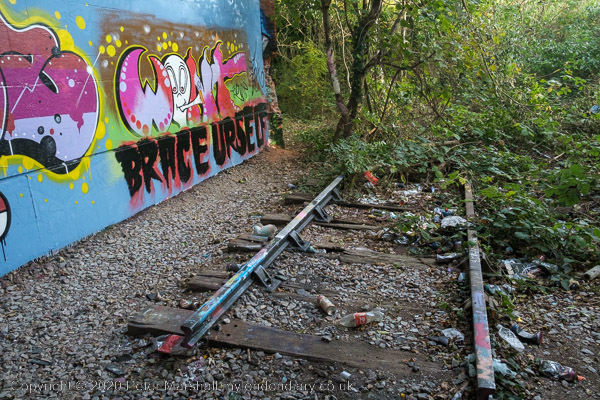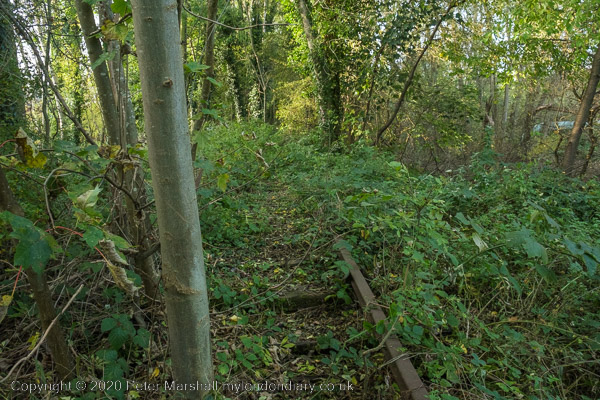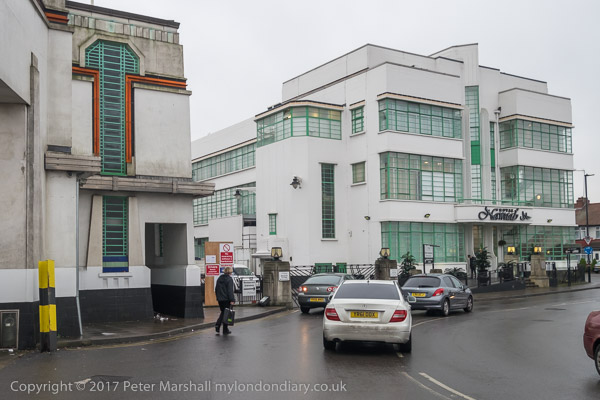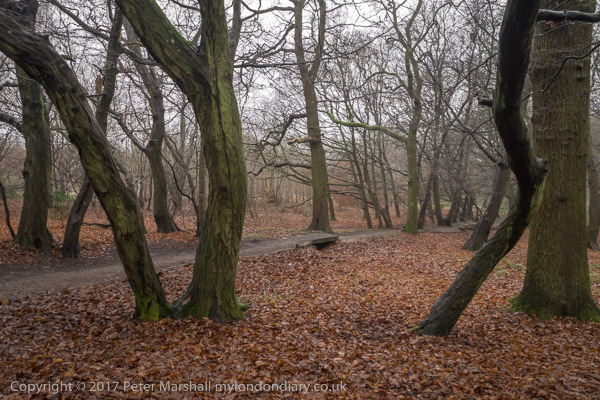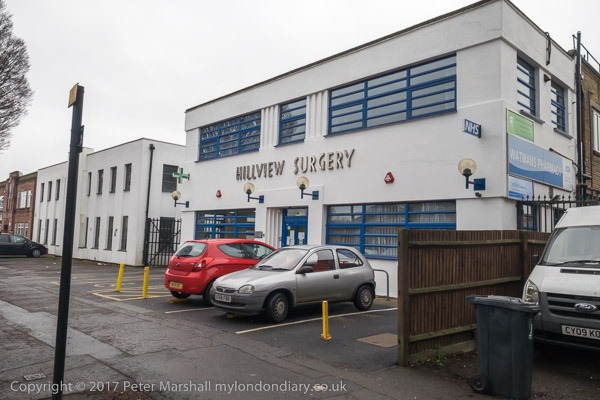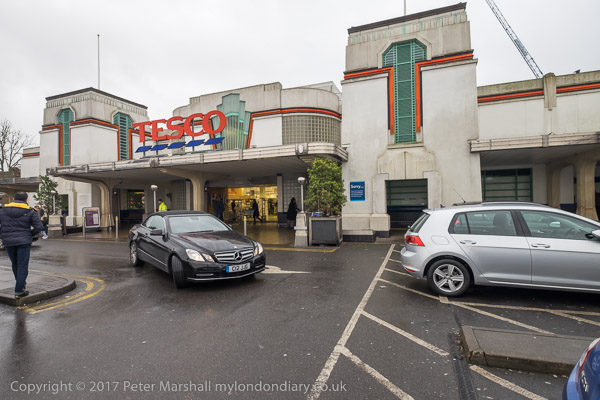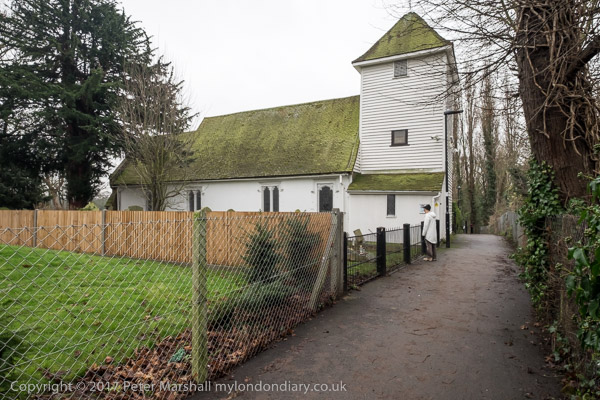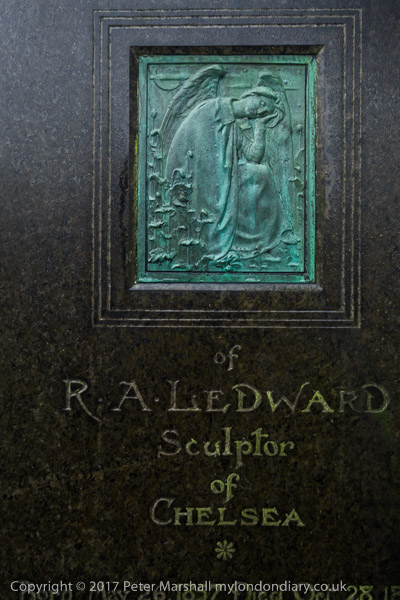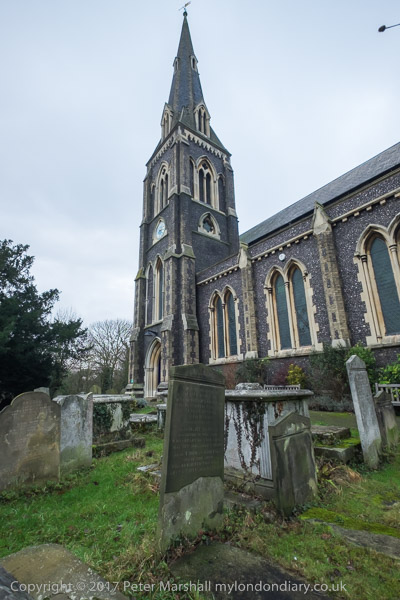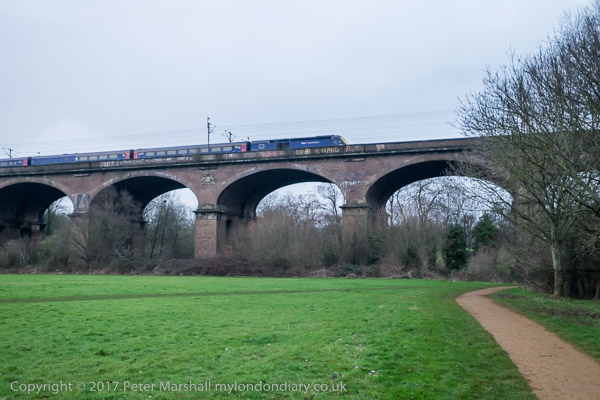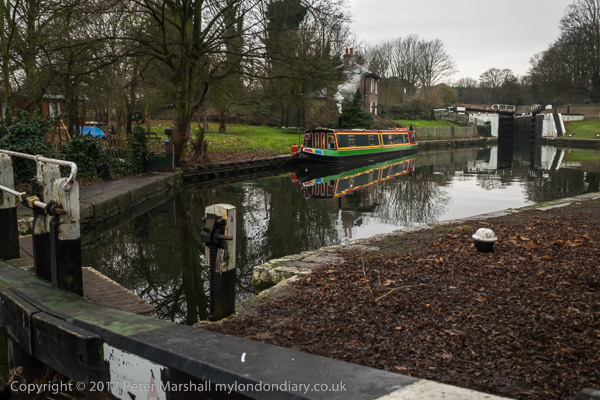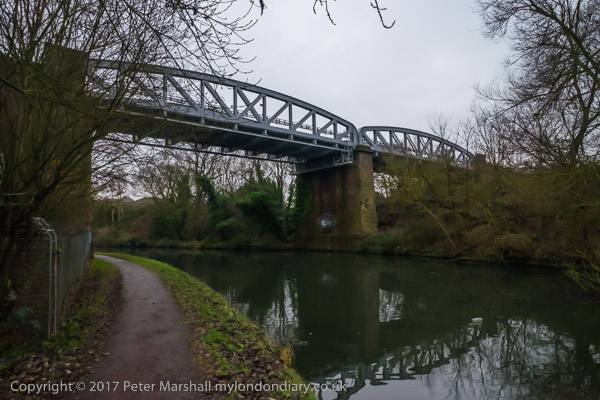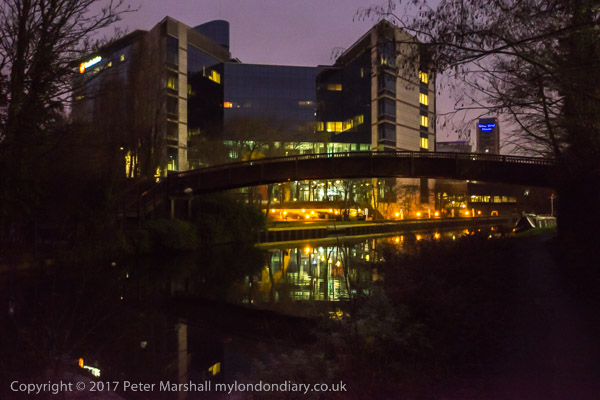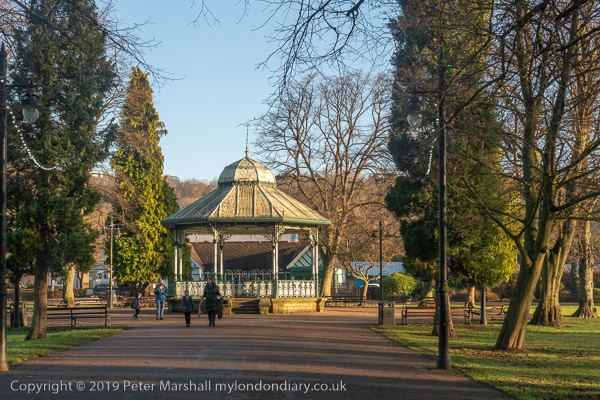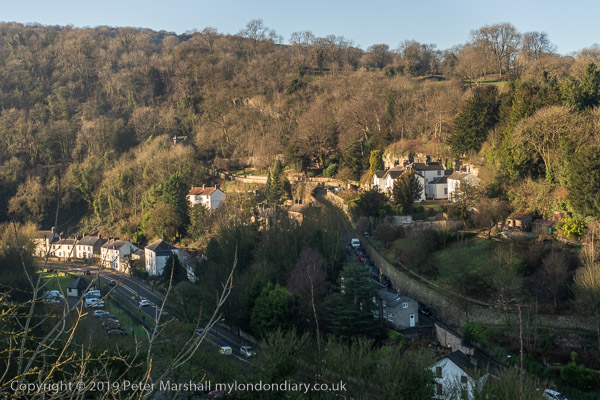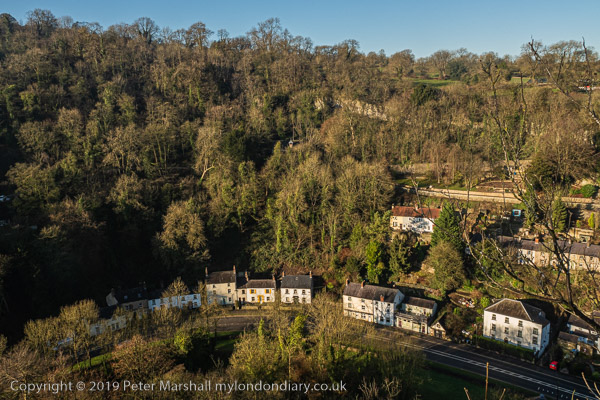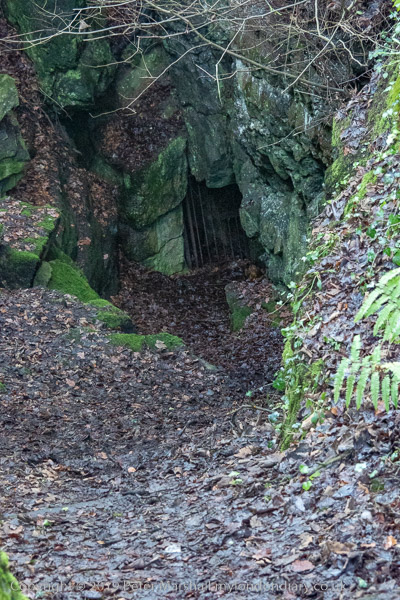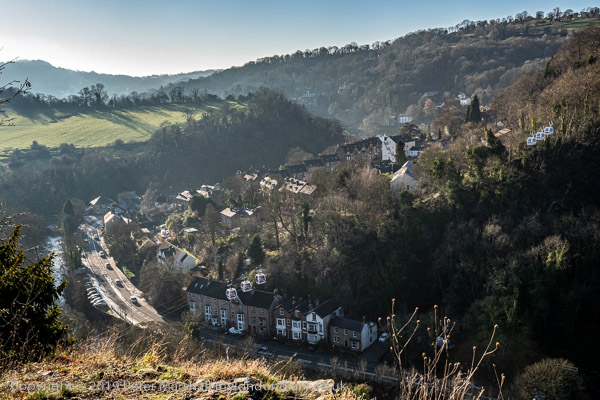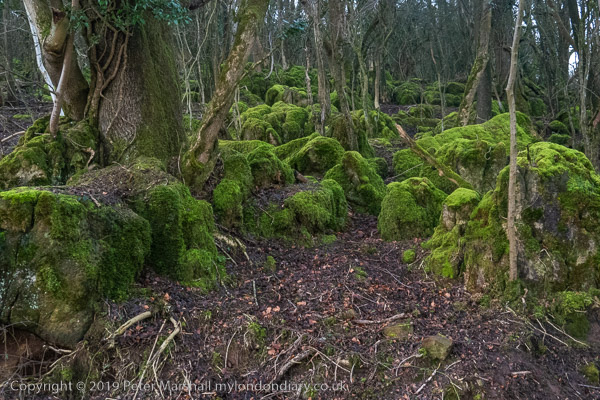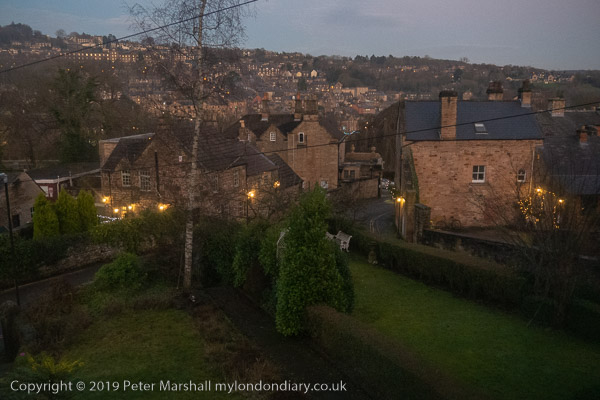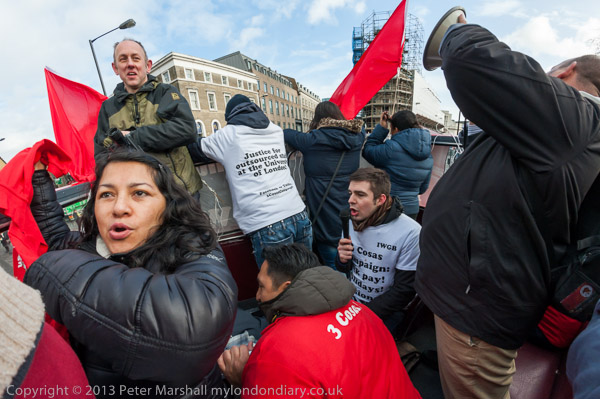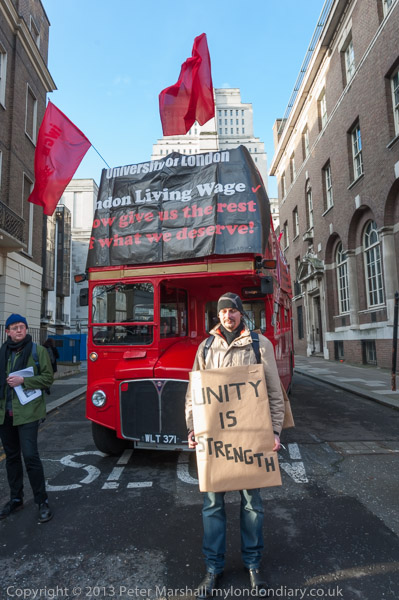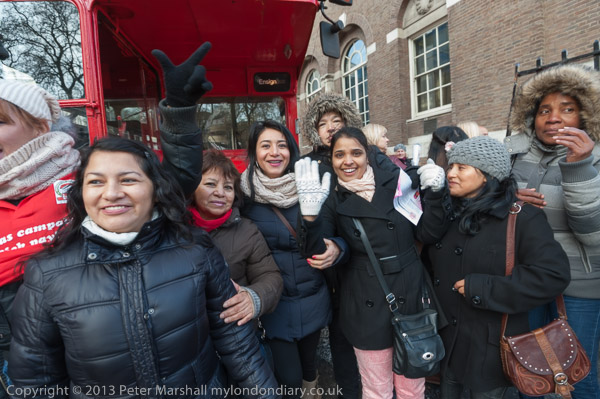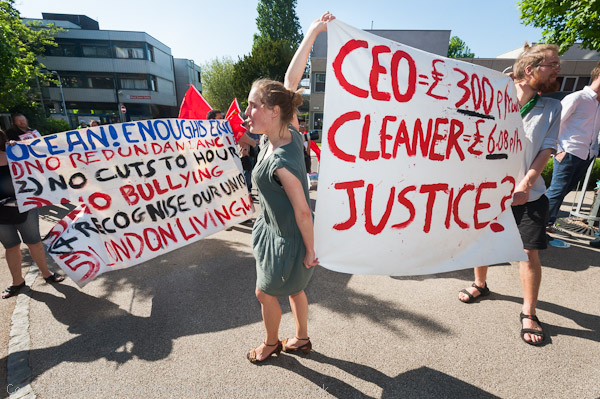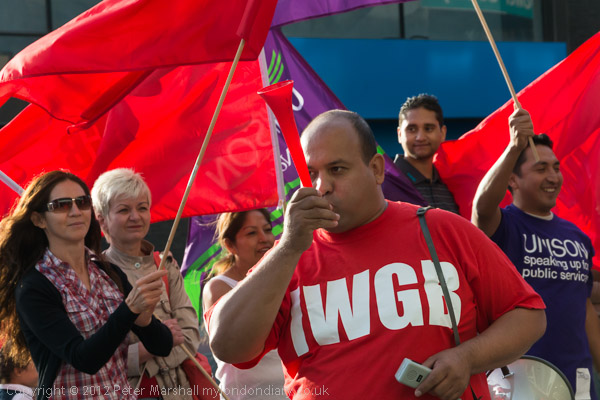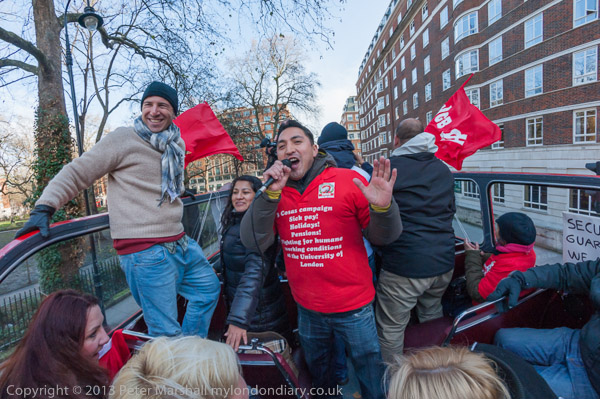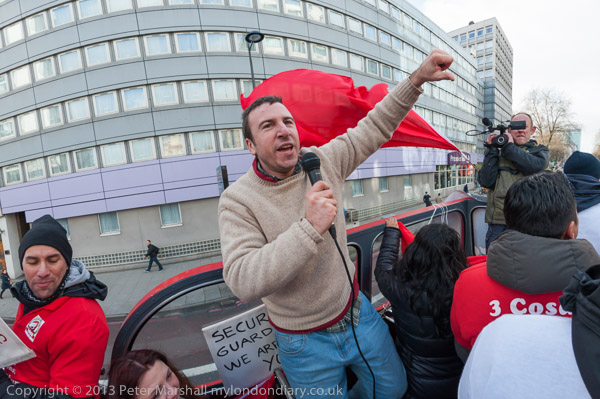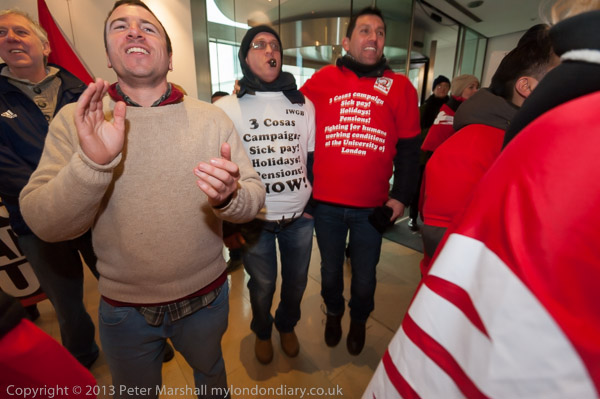On Saturday 7th January 2012 I photographed three events in London. Two were associated with Cuba, one celebrating the Cuban revolution and the second calling for the closure of US Guantanamo Bay torture camp there. The third was a protest in solidarity with the mothers of political prisoners and those murdered by the Islamic Republic of Iran since 1979. Now there will be many more of these human rights abuses as Iran clamps down on the current ‘Women, Life, Freedom’ protests there.
53 Years Of Cuban Revolution – Angel, Islington
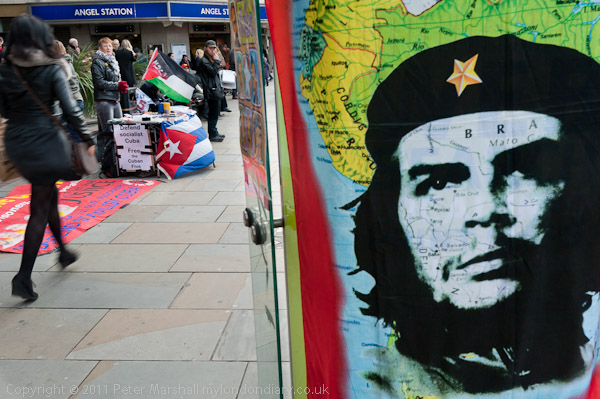
Although Cuba celebrates 26 July 1953 as the ‘Día de la Revolución’ (Day of the Revolution), this was the start of the movement with an unsuccessful armed attack on the Cuban military’s Moncada Barracks which resulted in the leaders being captured and jailed. It was not until 31 December 1958 that the rebels finally ousted Batista and Fidel Castro came to power, leading the country as prime minister from 1959 to 1976 and president from 1976 to 2008.
53 years and one week later a street rally at the Angel Islington organised for Rock around the Blockade by Fight Racism Fight Imperialism celebrated the Cuban revolution’s building of a socialist country despite the blockade by its powerful neighbour USA, and demanded justice for the Cuban Five.
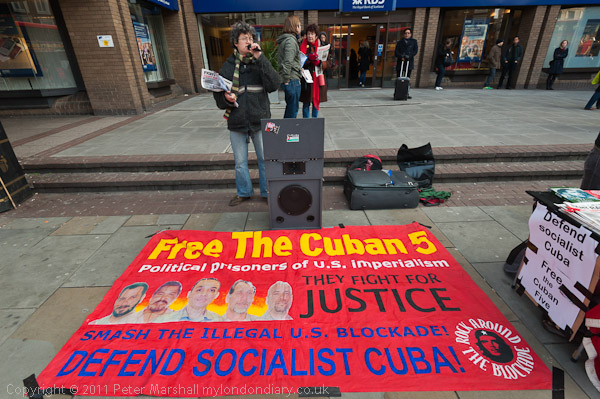
The Cuban 5 were arrested in 1998 in Miami for spying on groups of Cuban refugees who were planning illegal acts against Cuba. Their treatment in US courts has been criticised as unfair by the UN Commission on Human Rights and by Amnesty International, who also condemned their treatment in jail as “unnecessarily punitive.”
Among many internationally calling for their release were Eight Nobel prize winners from around the world including Nadine Gordimer, Desmond Tutu, Wole Soyinka and Gunter Grass. A panel of US judges had overturned their convictions in 2005, but this was overruled by the full court and the US Supreme Court declined to review their case. One of the Cuban 5 was released in 2011 having served 13 years in prison, but at the time of this rally four remained in jail. The others were later released in December 2014 in a prisoner swap for a US spy captured in Cuba.
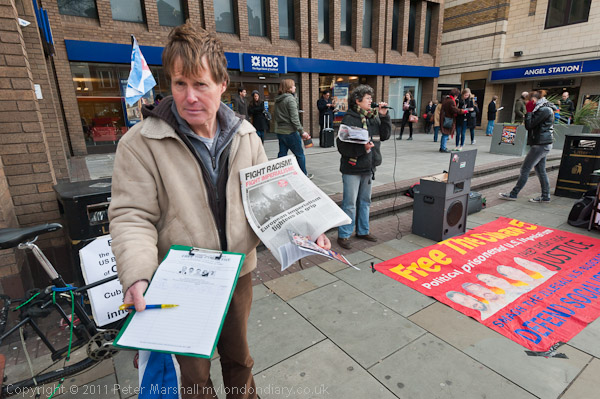
The rally stressed the remarkable changes the revolution had made in Cuba which in 1958 was a poor and corruptly governed country, its natural resources exploited by foreign companies, its people largely living in poverty with low educational standards and life expectancy. Now it has probably the best health service in the world, low infant mortality and a life expectancy better than many parts of the UK. Free education is provided for all, and soon most will follow it to graduate level.
Cuba has also been generous in providing free medical training for students from many African and South American countries, and also has sent many doctors and nurses to work in them, making a major contribution to controlling AIDS in Africa. Although there some criticise it for a lack of freedom, it has shown that there is a real alternative to capitalism, and that has provided a healthy and dignified life for its people, improving their condition over more than 50 years. And it has done all this despite US blockade and sanctions and continuing US support for counter-revolutionary groups – including the failed Bay of Pigs military invasion in 1961.
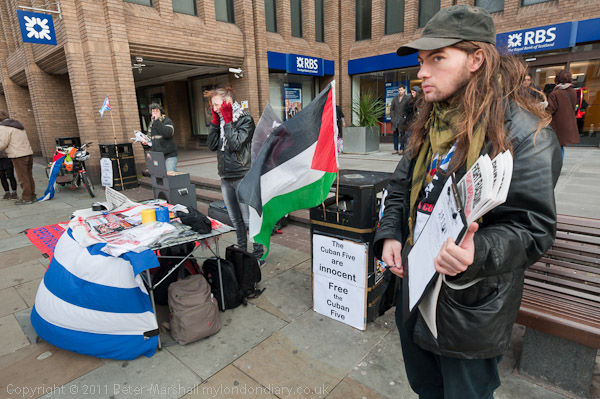
Speakers also condemned the continuing US occupation of the Guantanamo Bay Naval Base in Cuba, there since 1903 when the US was given a permanent lease on 45 square miles of Cuba. The lease clearly limits US activities there to those to fit the needs of a coaling and naval station and prohibits the setting up of any commercial or other enterprise in the area. The setting up of the Guantanamo Bay detention camp would appear to be a breach of these terms. The Cuban government claim that the lease was “imposed on Cuba by force” and is “illegal under international law” and have refused to accept US payments for it since 1960.
Shut Guantánamo – End 10 Years of Shame – Trafalgar Square
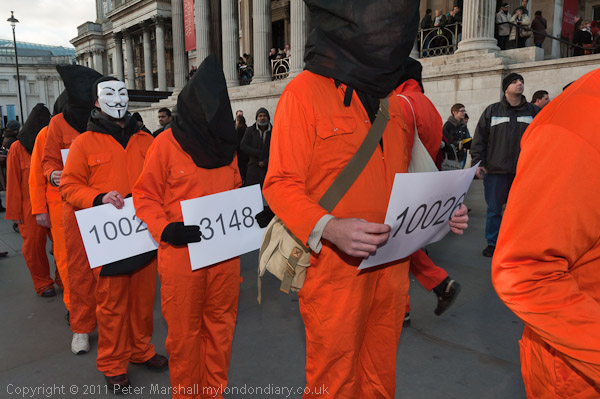
A rally marking the 10th anniversary of the setting up of the illegal US prison camp at in the US military base at Guantánamo Bay, Cuba on 11 January 2002 called for its closure and in particular the release of the two remaining prisoners with UK links held there.
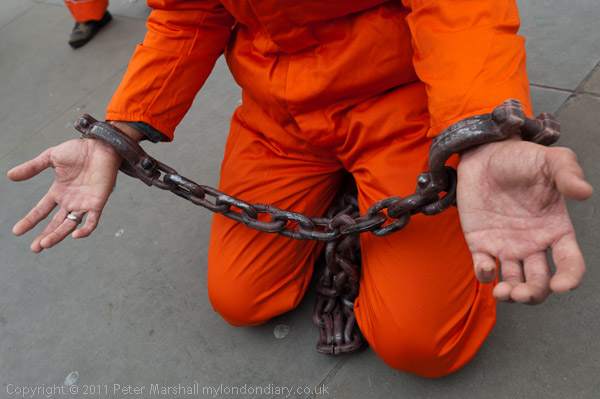
Although President Obama came into office pledging to close the camp down and end the discredited military trials there, he has failed to do so, authorising the continued regime of arbitrary detention without charge or trial. 171 prisoners were still detained there at the start of January 2012.
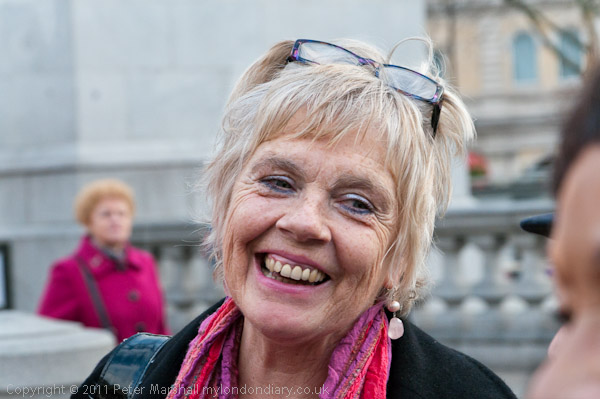
Several hundred came to the protest and listed to speeches by Lib Dem Baroness Sarah Ludford MEP, solicitor Louise Christian, Lindsey German of Stop the War, Kate Hudson of CND, journalist Victoria Brittain and others, including student representatives, trade unionists and other activists.
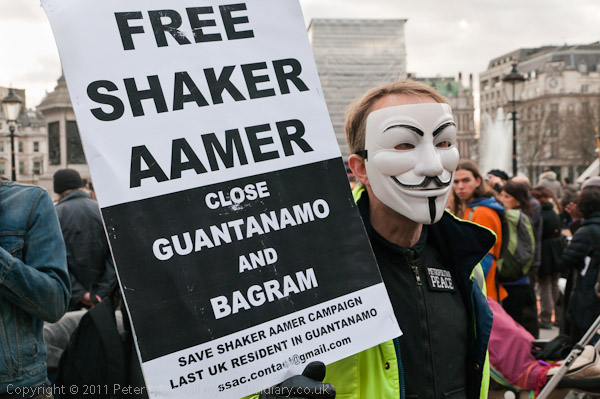
A group of activists wore orange jumpsuits and black hoods as used at Guantanamo, and some were also in chains. They marched in line holding up the prison numbers of the 177 prisoners still in Guantanamo, and their numbers were called and their names read out. Among those taking part and wearing ‘V’ for Vendetta Guy Fawkes masks were ‘Anonymous’ protesters who had come from the Occupy London protest camp at St Paul’s Cathedral.
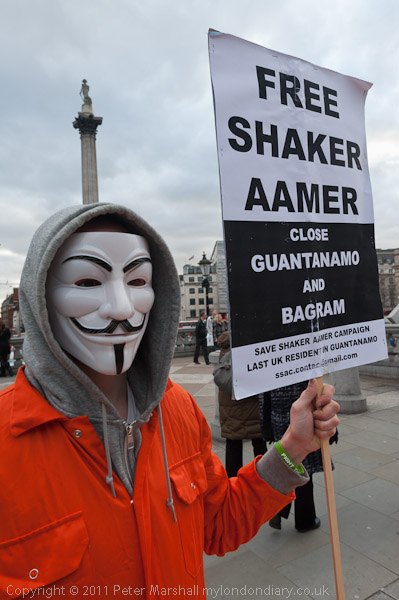
Ahmed Belbacha, an Algerian national who had a residence permit and lived in Bournemouth from 1999 to 2001 while claiming asyluk was cleared for release in 2007 and 2009. In 2009 he was sentenced in absentia in Algeria to 20 years for membership of a foreign terrorist group abroad – though no evidence was given at his trial. It appears that the US intervened on his behalf in Algeria and he was finally released and returned to his family in 2014.
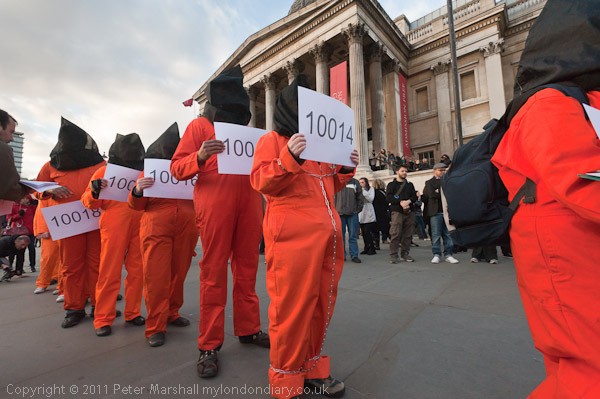
Shaker Aamer was similarly cleared for release in 2007 and 2009, but was thought to still be detained as his revelations of torture over his ten years of imprisonment by the US authorities (and on one occasion in the presence of a British intelligence agent) would be embarrassing to the US and UK governments. I was pleased to be able to photograph him at a rally at the US Embassy in London in January 2016 after his release at the end of October 2015.
Shut Guantánamo: End 10 Years of Shame.
London Mourning Mothers of Iran – Trafalgar Square
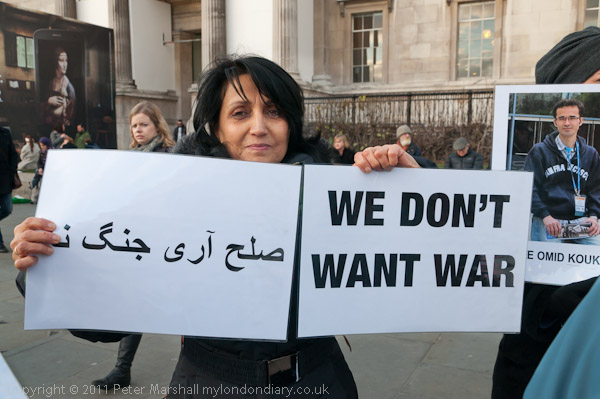
Also in Trafalgar Square were The London Mourning Mothers of Iran who had been coming there every first Saturday of the month to show solidarity with the mothers of political prisoners and those murdered by the Islamic Republic of Iran since 1979.
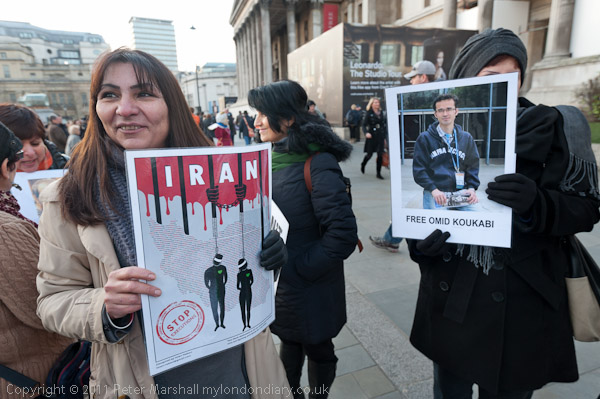
The Mothers of Laleh Park (formerly known as the Mourning Mothers of Iran), women whose children or husbands were killed or imprisoned after the 2009 Iranian election, come regularly to Laleh Park in central Tehran and other locations on Saturdays and stand together to bring attention to these injustices.
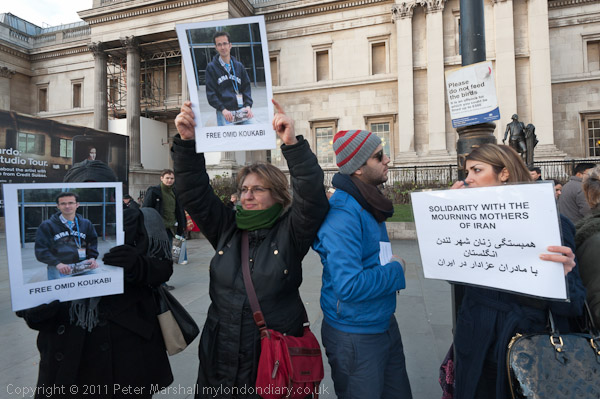
Iranian security agents often come and attack the mothers. On January 9, 2010 over 30 of them were attacked and arrested and held in jail for several days, and leading members have received long prison sentences. The call for the release of political prisoners, the abolition of the death sentence and the trial of those who have ordered the killings of the last 30 years.
London Mourning Mothers of Iran.






